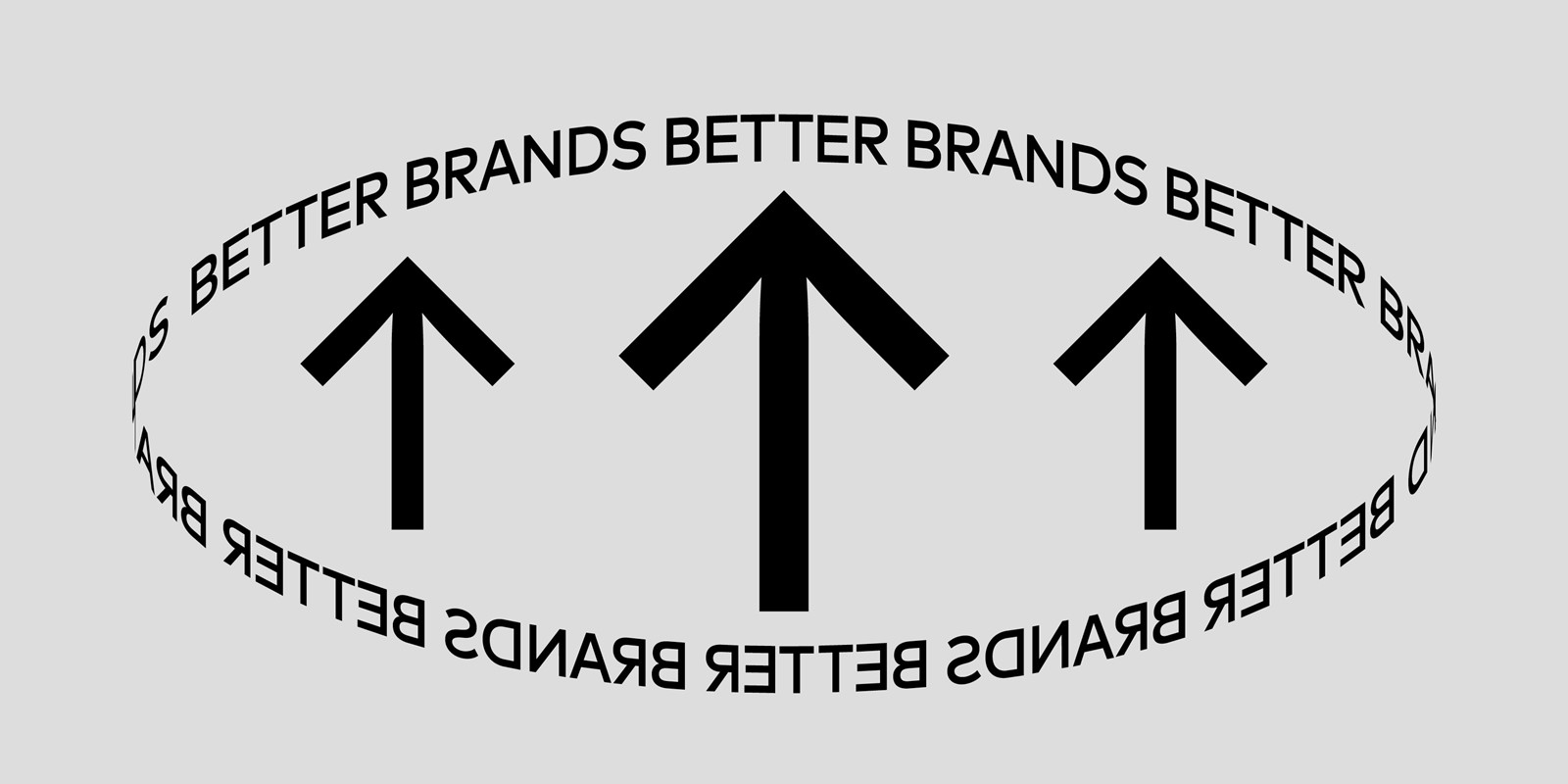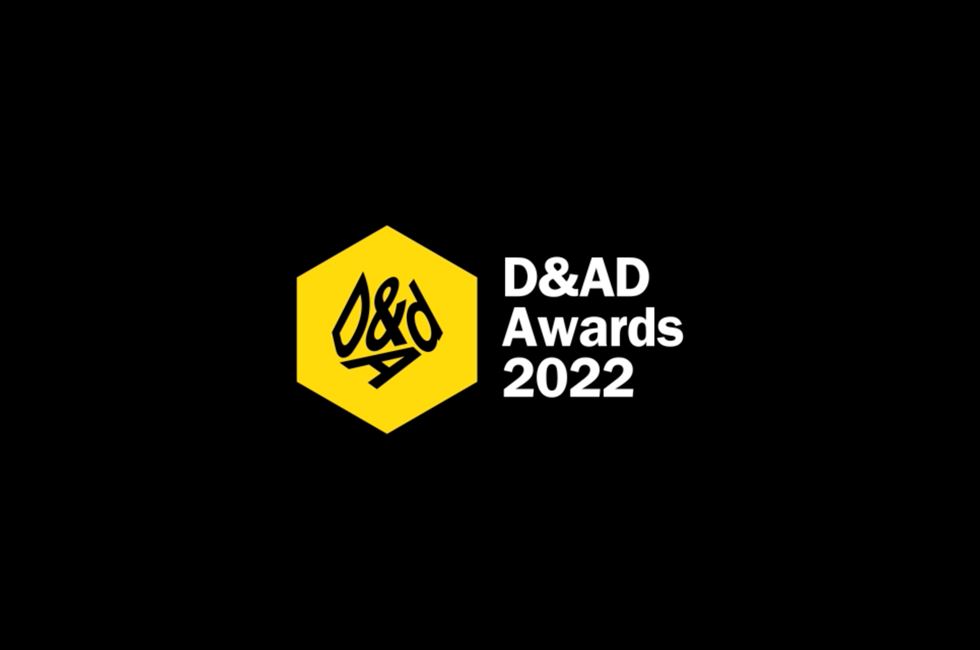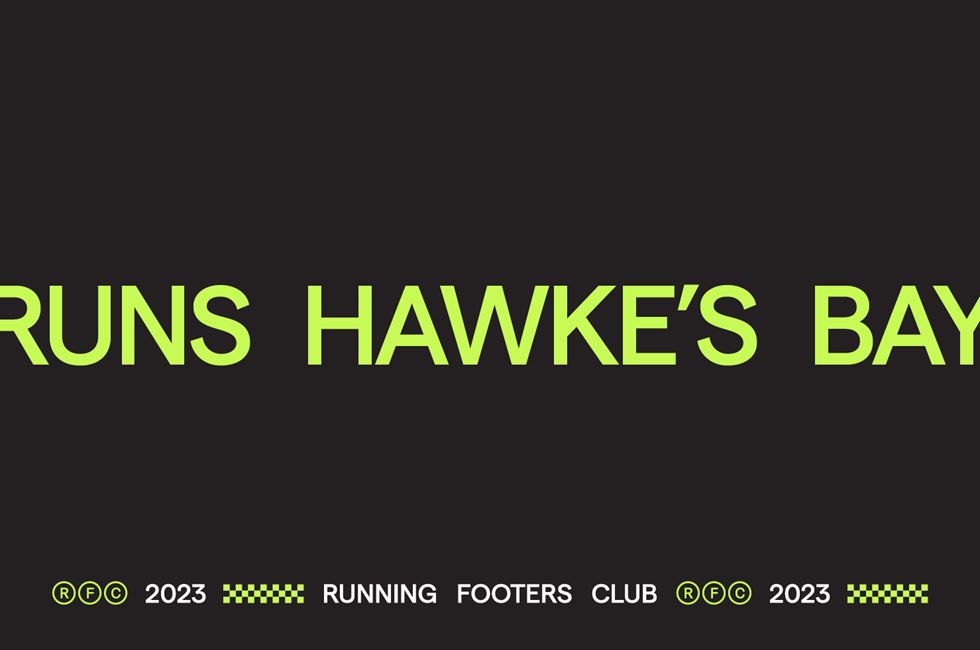The Importance of Building Better Brands

As the days have grown longer and the year shorter, we have taken to reflecting on our design process and the value of the work we do. What is the benefit of branding? Is it to make money? To win awards? To improve lives? Or is it something else entirely?
After much backing and forthing, question asking, and point-making, we found our truth. The very best brands enrich both the lives of their customers and the teams that build them.
Look at Patagonia – their loyal fans rally behind their dedication to the planet. Look at Apple – their design-led tech enables their customers to think differently about the world. Look at Spotify – their passion for playlists connects listeners to new artists and old favourites. These brands prosper through a commitment to helping their customers thrive.
So, how does a brand make people's lives better?
It starts with empathy. As brand builders we must work tirelessly to understand the motivations that drive our audience. It’s a strategic commitment to being customer focused. This obsession leads to insights, which leads to the creation of a community of like minds. A collective of people who share the same values and seek the same experiences. Look at the world’s best brands. Red Bull emboldens thrill seekers. Airbnb inspires wandering souls. And Google rewards curious minds. They all exist to help their audience connect with a deep-seated feeling.
For brands to resonate in this way they need to tell better stories. The curious kind that evokes possibility. The playful kind that fills us with joy. The provocative kind that dares us to take action. The aspirational kind that gives tomorrow hope. The legendary kind that binds us together. Stories like this anchor a brand, giving it purpose that inspires fierce loyalty.
We followed this process when we worked with ACC and Waka Kotahi to completely redesign how young New Zealanders learn to drive. By engaging with youth, we discovered they found getting their license overwhelming. So we created Drive, a brand that made the experience fun – gamifying learning and facilitating positive conversations between young drivers and their coaches or whānau. By building a brand that puts the needs of their audience first, Drive saw year-on-year growth with more than 300,000 sign-ups since its inception. Research from ACC has shown, young drivers who studied with Drive were 40% less likely to be injured in a crash.
How does branding benefit a business?
Branding provides direction. It’s the act of establishing a unique position in the market and designing a distinct set of assets for communicating that message. These foundations are a brand’s true north – offering clarity and guidance on where a brand is going and how to get there. By thoughtfully applying this strategy across every touchpoint, a brand is able to lead customers on a journey from indifference to awareness, consideration to action, and purchase to advocacy.
Our work promoting Te Anau as a tourist destination demonstrates how brand differentiation drives engagement. Te Anau has one thing no one else in Aotearoa has. Time. In fact, during summer, they have an extra hour of daylight compared to Auckland. So, with daylight saving coming up, we announced that Te Anau wouldn’t be turning their clocks back, effectively creating a new New Zealand time zone.
Te Anau Time went viral. With a modest budget it earned $400K in news coverage and reached 1.2million Kiwi’s (which is over 40% of NZ’s adult population) – ensuring operators enjoyed their busiest summer in years. And that’s despite the pandemic and total ban on international visitors. On top of that, it won numerous industry awards including the enviable D&AD Wooden Pencil, Best in Category at the NZ Marketing Awards, Silver at the Effies, and two Best Awards.
Branding sells. All the data demonstrates that having a strong brand supercharges the commercial success of an enterprise. Kantar’s BrandZ report shows that a strong brand outperforms the shareholder returns of weaker brands by 82%.¹ And research from Millward Brown shows that strong brands command a 13% price premium and they generate 31% more operating profit.²
For these reasons, advertising guru and columnist for Marketing Week Tom Roach, describes a strong brand as “a business’s most valuable commercial asset. It increases the chances of customers choosing your product or service over your competitor’s, attracting more customers, at a lower cost per sale, who are happy to pay a little more, and will buy it a little more often. A strong brand will deliver more revenue, profit and growth, more efficiently, year after year, and so generate more shareholder value.”³
We saw the selling power of branding play out following our redesign of Kathmandu. Their brand had become chaotic, outdated and no longer reflected the quality of its products. So, we refreshed each and every touchpoint, creating a cohesive experience that evoked the spirit of adventure from packaging, to in-store experiences, to product to advertising. A truly transformational result that ensured Kathmandu’s continuing relevance and profitability.
In short, branding works. It transforms empathy for your audience and insight about their motivations into products and experiences that improves lives. Branding defines the strategy for why and how a brand communicates – ensuring a meaningful, distinct presence in the market. A strong brand is the driving force behind a businesses market presence and profitability.
Need a hand with your brand? We can help.
Citations:




